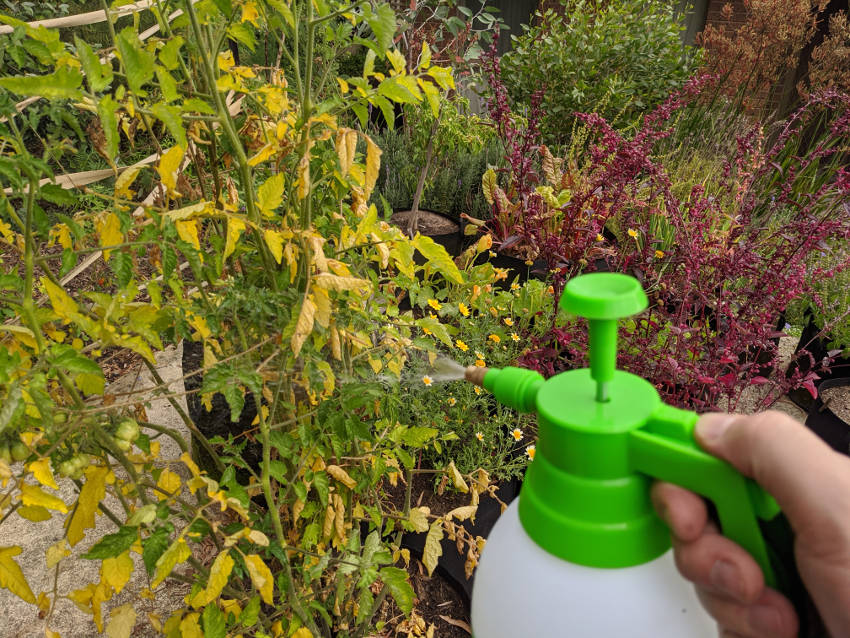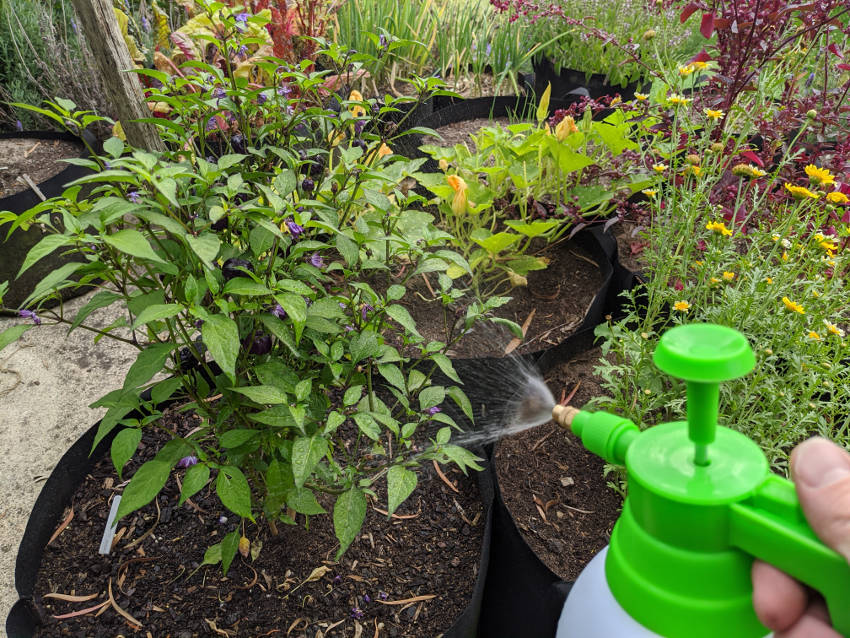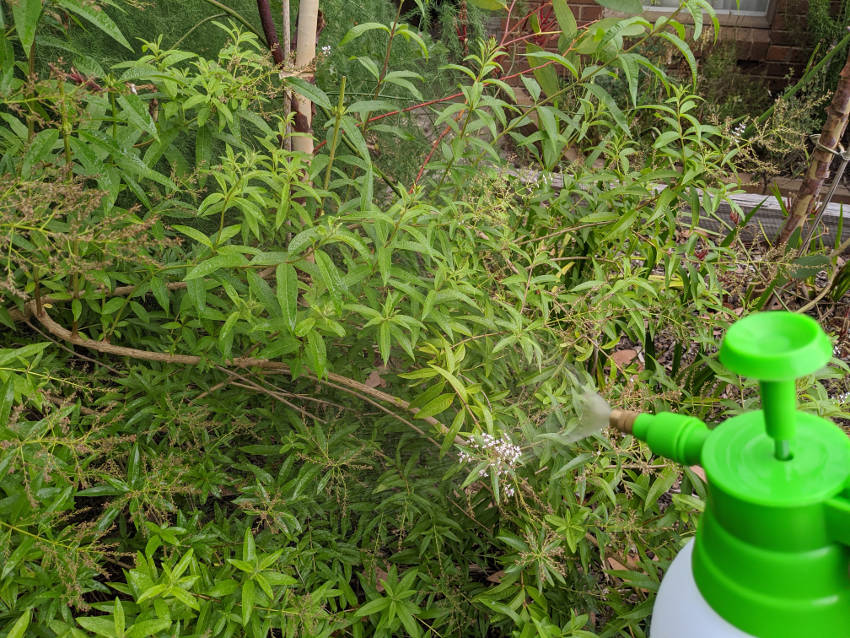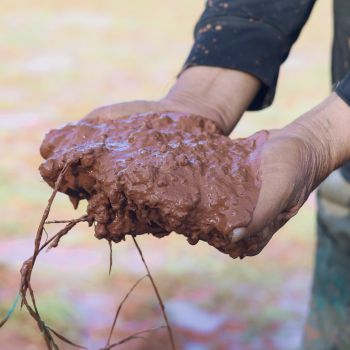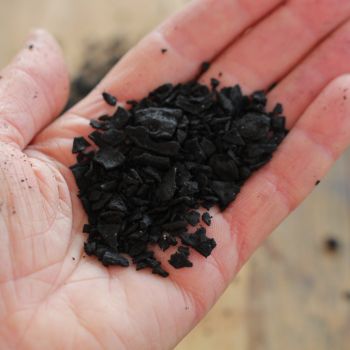Good earth is at the root of good gardening. But even with constant efforts at soil improvement, plants can go short of essential nutrients from time to time. Fertiliser is the go-to option for giving plants what they need, but drenching the soil with feed might not provide a solution.
The issue isn't always down to a lack of nutrients in the earth. Sometimes, the minerals are present but bound up in a salt form which the plants can't absorb. In these cases, feeding with a highly concentrated fertiliser actually makes the situation worse by putting the soil's chemistry further out of balance.
What's more, by the time a plant is showing signs of a deficiency, it may not be healthy enough to absorb fertiliser from the soil quickly enough to fully recover.
For both these reasons, treating a specific nutritional deficiency is often done using a different method of fertilising, known as foliar feeding.
What is Foliar Feeding?
With foliar feeding, a nutrient-rich mixture is sprayed directly onto a plant's leaves, where it can be absorbed much more quickly than through the soil and root system. The mixture is most often a store-bought fertiliser or a home-made solution of comfrey, infused compost, worm compost, or any other nutrient-rich organic concoction.
As well as providing quick absorption to give fast nutrition to ailing plants, foliar feeding has one other great advantage. It's possible to directly deliver a specific nutrient that a plant needs, without worrying too much about the mineral balance of a soil. For example, if you identify that a tomato plant is short of magnesium, you can give the plant a direct treatment with a magnesium-rich mixture for quicker and more targeted effects.
Also, foliar feeding can be used to give individual plants a boost without over-concentrating the surrounding soil's nutrient levels. If one plant has been damaged by pests, foliar feeding can give it a helping hand towards recovery without affecting its neighbours.
The Importance of Soil Improvement
However, foliar feeding should generally be used only as an emergency measure, or as a stop gap while the underlying soil is improved. Without a good foundation of nitrogen, phosphorous, potassium, and base minerals readily available throughout a plant's lifetime, it'll struggle to grow well enough to make full use of any nutrition applied through its leaves.
How to Foliar Feed Successfully
Whether you use a commercial feed or a home-made one, the dilution rate is important. A mix that's too concentrated can easily scorch the plant's foliage as it dries, so err on the side of weakness. A store-bought fertiliser may have specific instructions on the label for foliar feeding, but if not, make up the solution at 20% of the normal strength to start with to be on the safe side, gradually increasing to 50% over a few watering’s if no ill effects are observed.
With a home-brewed mixture, you'll generally be safe with your usual strength. But in both cases, it's best to test a small section of a plant first, and if there are no issues in a day or two, continue to treat the rest of the plant. With experience you'll be able to arrive at the ideal concentrations for quicker work.
There are several ways to improve the success of your foliar feeding:
- Foliar feeding can be done with a watering can but for best results a spray bottle or pressure sprayer works best. Use a fine setting to try and prevent run-off from the leaves. Adding a touch of horticultural soap or oil will help the mixture stick, but don't go overboard, particularly with food crops.
- Spray the whole plant, on both sides of the leaves. However, greener and softer leaves will absorb the nutrients more quickly than older, tougher ones, so target younger growth where possible.
- Avoid spraying under direct sun, or the evaporating moisture can cause leaf scorch.
- Avoid spraying in the evening, as leaving wet leaves overnight increases the risk of mildew and other fungal problems.
- Don't spray when rain is forecast, and don't do any ordinary watering until the spray has been fully absorbed.
- If you're feeding edible crops, consider leaving at least a couple of weeks before harvesting. Fully food-safe sprays can still leave a flavour taint, even if the harvest is carefully washed.
Over time, developing a healthy soil packed with natural nutrients is the best route to growing success. But for any temporary, urgent nutritional issues your plants might be having, foliar feeding offers a targeted and effective solution.
